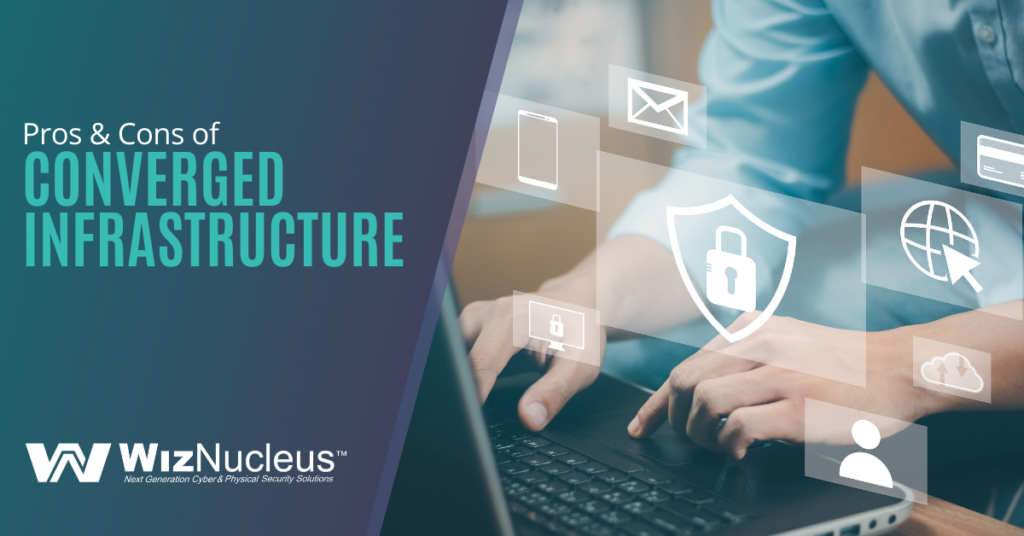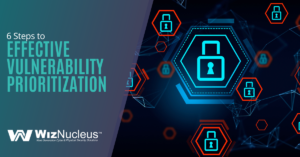When putting together a technology infrastructure for a business, there are multiple moving parts. You have your cloud storage, business applications, cybersecurity systems, and endpoints, just to name a few.
Having all those parts working together when they all come from different vendors can be challenging. You can run into compatibility issues, and version problems, and may need to start from scratch on a new system once you find out a component doesn’t play well with your other IT.
Siloed technology can lead to wasted time and money. This is one of the drivers behind a more integrated technology ecosystem called converged infrastructure.
Converged infrastructure is a bundled technology system. Instead of components like servers, networking, storage, software, and endpoints all coming from different places, they are all bundled together.
Rather than purchasing software and hardware components independently, companies can get everything in a “one-stop-shop,” so to speak. This can simplify your IT administration and ensure compatibility with all your components.
But is it the best way to go?
We’ll highlight the pros and cons.
Pros of Converged Infrastructure
Pretested & Configured
Converged infrastructure systems are together to ensure compatibility, and thus they are generally pre-tested and pre-configured for you. This significantly reduces the time it takes you to deploy your technology systems because a lot of the work is already done for you.
Simpler to Manage
You don’t have to scour online resources trying to figure out how you can get a business software to work with a particular piece of hardware. Converged infrastructure ensures compatibility within the bundle. This makes your IT environment much simpler to manage.
Fewer Downtime Issues
Downtime can cost as much as $5,600 per minute on average. When you have systems that are not purchased together, one update can mean an incompatibility issue that takes a server or network offline.
When your IT is purchased as a bundle and designed to integrate and work together, you have fewer incidents of costly downtime.
More Control Over Your IT Infrastructure
When purchasing a converged infrastructure system, your business operates with one single integrated IT ecosystem. This is easier to work with and control than having to deal with multiple parts from different vendors.
Fewer Maintenance/Repair Issues
Vendor coordination and maintenance can be less costly and time-consuming with a single integrated bundle of IT components. When you have IT components from different vendors, one may come to issue a fix for a network problem, and whatever they do causes a problem with your business software.
It’s common for different developers to inadvertently “break” other systems when they add fixes for their own. This issue is mitigated when all components are from the same place and made to work together as one.
Security is More Fluid
One technology infrastructure means that all your components (hardware and software) speak the same language. This makes the deployment of consistent cyber security compliance and threat policies more fluid.
You don’t have to worry that data protection will drop when files move between devices or software. You’ll have more ability to ensure persistent policies and document controls.
Cons of Converged Infrastructure
You’re Locked Into One Vendor
When you purchase a converged infrastructure system, you are relying a lot on a single vendor. This can leave you in trouble should that vendor’s service degrade over time.
You also have fewer options when it comes to features and functionality because you’re locked into the bundle you purchased.
Adding Other Components Can be Complicated
What if you want to add other components to your converged architecture structure after it’s already purchased and been in use? If you’re trying to add a component outside the vendor’s offerings, you could find it very complicated. The bundled items may not be made to be very compatible with outside systems.
Less Ability to Shop Around
One of the things that Apple users run into, is that there are significantly fewer options for purchasing a computer than there are if you’re using Windows. Those that love Macs, may not mind. But this is an example of how going with a certain ecosystem of products can give you fewer price options.
When purchasing converged infrastructure, the same can be true. You are locked into a specific type of hardware and software, and if you need to expand, you may not have many options.
Do You Have Questions About Your Technology Infrastructure?
If you find that your IT environment is not running as smoothly as you want or are seeing compatibility issues with your various components, bundling might be a good idea.
The WizNucleus team can answer all your questions about converged infrastructure and if it may be right for your organization.
Contact us today to schedule a free consultation! Call +1 (646) 558-5577 (New York, NY) or +1 (469) 481-1726 (Carrollton, TX) or reach out online.





